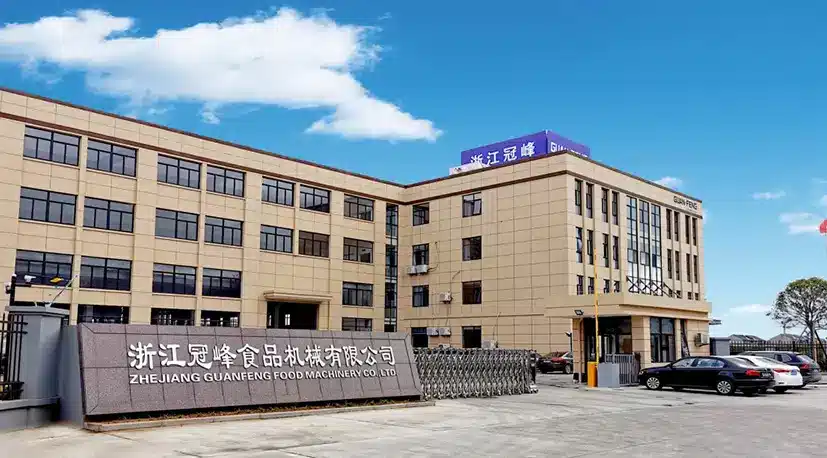BLOG
Focus on hot topics, real-time dynamics
Maximizing Efficiency: The Advantages of Vegetable Belt Dryers in Industrial Applications
Vegetable belt dryers play a pivotal role in the food processing industry, particularly in the drying of vegetables. These systems utilize a continuous belt to transport products through a controlled drying environment, which is essential for maintaining the quality and nutritional value of the vegetables while reducing moisture content effectively.
One of the primary advantages of a vegetable belt dryer is its ability to provide uniform drying. The continuous movement of the belt ensures that all parts of the vegetable are exposed to the drying air evenly, preventing issues such as over-drying or under-drying that can occur in batch drying systems. This uniformity is crucial, as it helps preserve the color, flavor, and nutritional content, which are vital attributes for consumer acceptance and marketability.
Moreover, vegetable belt dryers are designed for energy efficiency. Many models incorporate advanced heat recovery systems and adjustable airflow, allowing operators to optimize the drying process based on specific vegetable characteristics and moisture levels. This adaptability not only enhances drying efficiency but also reduces energy costs, making operations more sustainable in the long run.
Another significant benefit of using belt dryers is their scalability. These systems can be customized in size and configuration to meet varying production demands, from small-scale operations to large industrial plants. This flexibility allows businesses to cater to fluctuations in demand without needing to invest in entirely new drying technologies.
In addition to their operational benefits, vegetable belt dryers are also relatively easy to maintain. The design of these systems allows for straightforward cleaning and servicing, which is essential in industries where hygiene and product safety are paramount. Regular maintenance ensures that the equipment remains in optimal condition, reducing the risk of downtime and enhancing overall productivity.
When integrating a vegetable belt dryer into an existing production line, it is vital to consider factors such as air temperature, humidity levels, and the specific moisture content required for different types of vegetables. Conducting thorough testing and monitoring during the initial phases of operation can help establish the most effective drying parameters, leading to consistent product quality.
In conclusion, vegetable belt dryers offer a range of benefits that can significantly enhance the drying process in the food processing industry. From energy efficiency and uniform drying to scalability and ease of maintenance, these systems are essential for businesses looking to improve their operational effectiveness. By investing in the right drying technology, companies can ensure the preservation of quality and maximize the value of their vegetable products.
One of the primary advantages of a vegetable belt dryer is its ability to provide uniform drying. The continuous movement of the belt ensures that all parts of the vegetable are exposed to the drying air evenly, preventing issues such as over-drying or under-drying that can occur in batch drying systems. This uniformity is crucial, as it helps preserve the color, flavor, and nutritional content, which are vital attributes for consumer acceptance and marketability.
Moreover, vegetable belt dryers are designed for energy efficiency. Many models incorporate advanced heat recovery systems and adjustable airflow, allowing operators to optimize the drying process based on specific vegetable characteristics and moisture levels. This adaptability not only enhances drying efficiency but also reduces energy costs, making operations more sustainable in the long run.
Another significant benefit of using belt dryers is their scalability. These systems can be customized in size and configuration to meet varying production demands, from small-scale operations to large industrial plants. This flexibility allows businesses to cater to fluctuations in demand without needing to invest in entirely new drying technologies.
In addition to their operational benefits, vegetable belt dryers are also relatively easy to maintain. The design of these systems allows for straightforward cleaning and servicing, which is essential in industries where hygiene and product safety are paramount. Regular maintenance ensures that the equipment remains in optimal condition, reducing the risk of downtime and enhancing overall productivity.
When integrating a vegetable belt dryer into an existing production line, it is vital to consider factors such as air temperature, humidity levels, and the specific moisture content required for different types of vegetables. Conducting thorough testing and monitoring during the initial phases of operation can help establish the most effective drying parameters, leading to consistent product quality.
In conclusion, vegetable belt dryers offer a range of benefits that can significantly enhance the drying process in the food processing industry. From energy efficiency and uniform drying to scalability and ease of maintenance, these systems are essential for businesses looking to improve their operational effectiveness. By investing in the right drying technology, companies can ensure the preservation of quality and maximize the value of their vegetable products.
Hot Tags:
PREVIOUS:
Contact Us
E-mail:
sales@syguanfeng.com
Tel:
+86 15088506234
Address:
South Industrial Park of Dongguan, Shangyu District, Shaoxing City,Zhejiang Province,China.
GUANFENG, your customization experts!
GUANFENG FOOD MACHINERY - leading supplier of integrated food processing solutions
Copyright© 2024 ZHEJIANG GUANFENG FOOD MACHINERY CO.,LTD.










